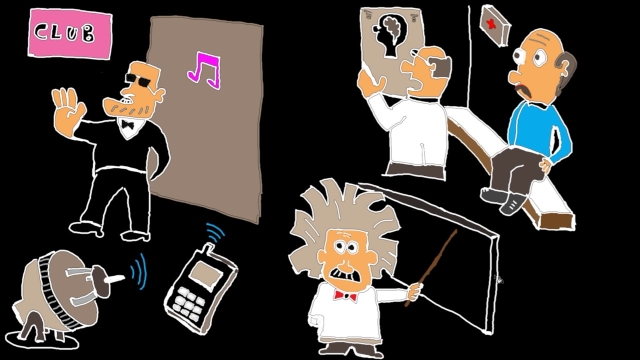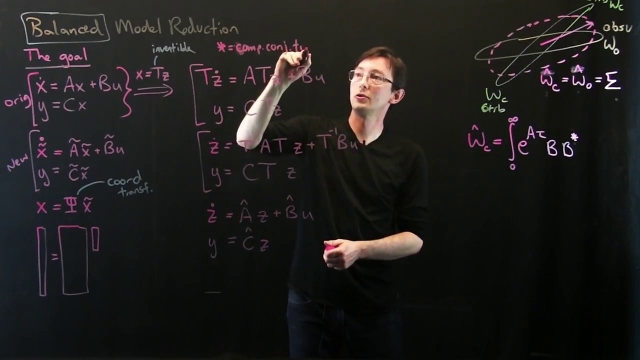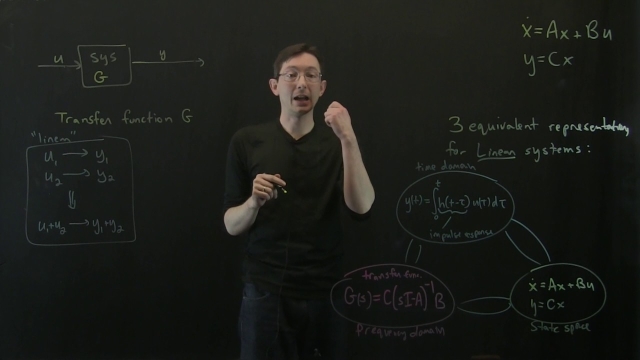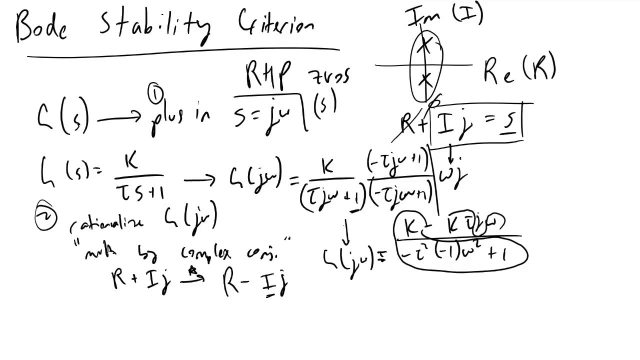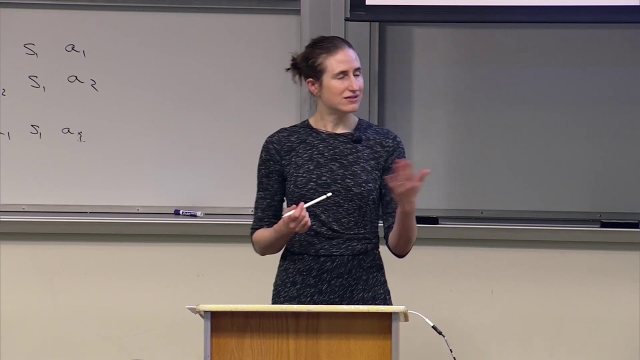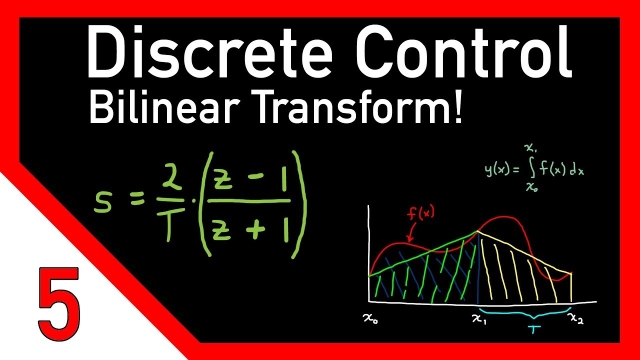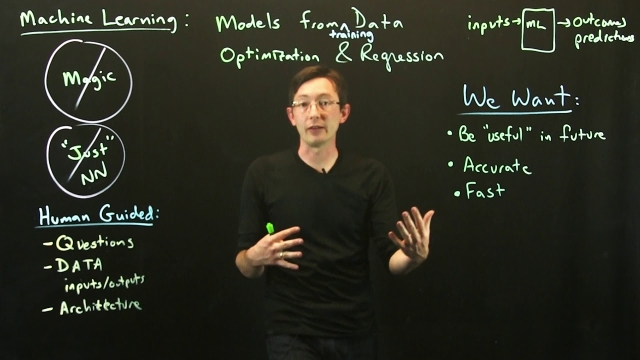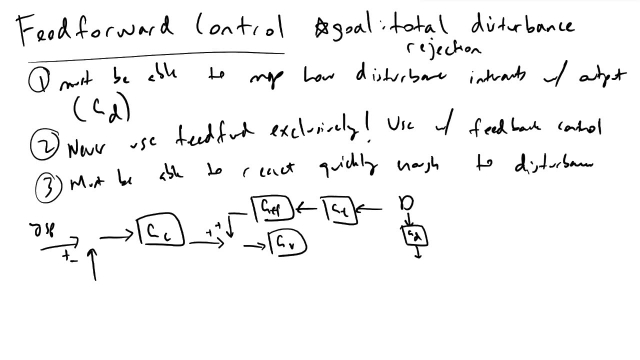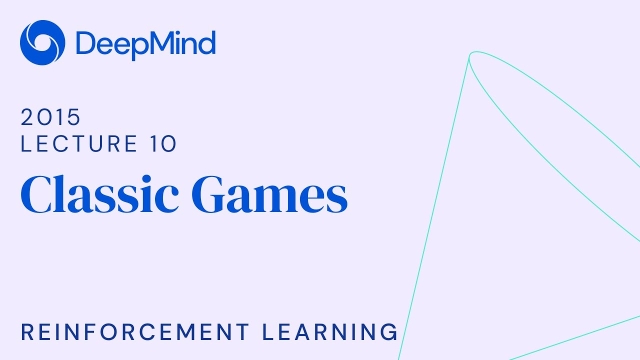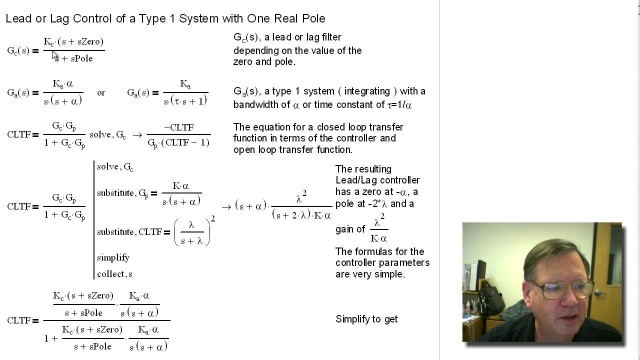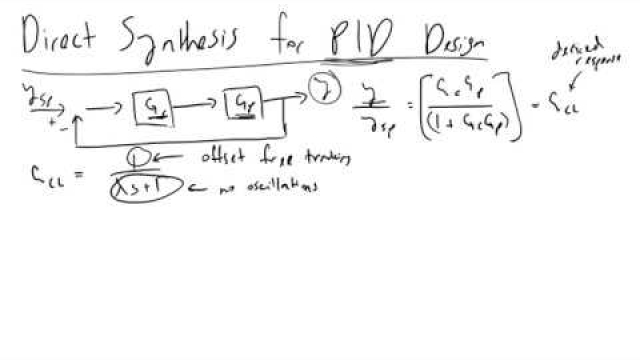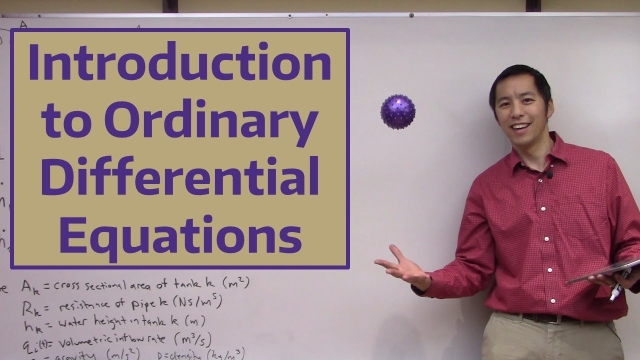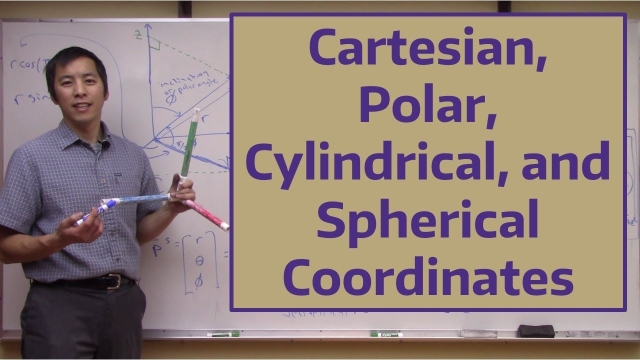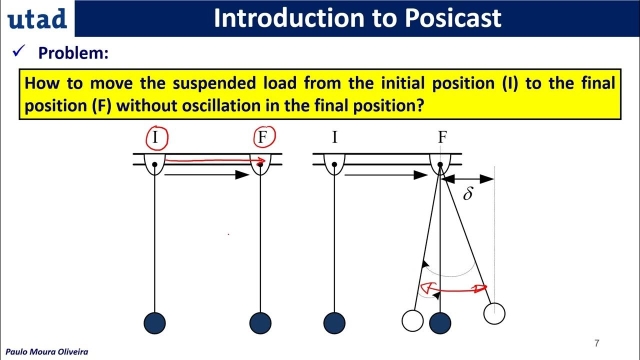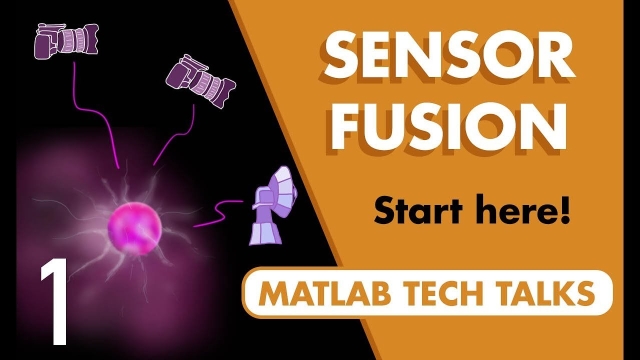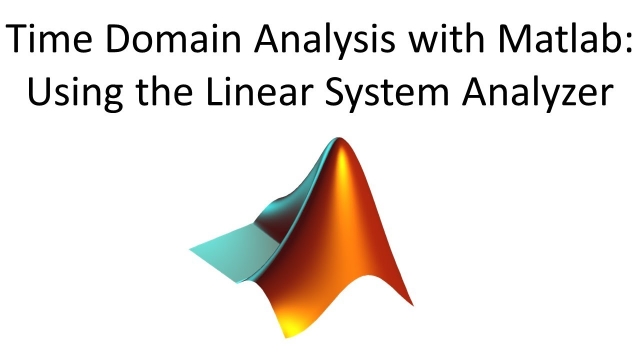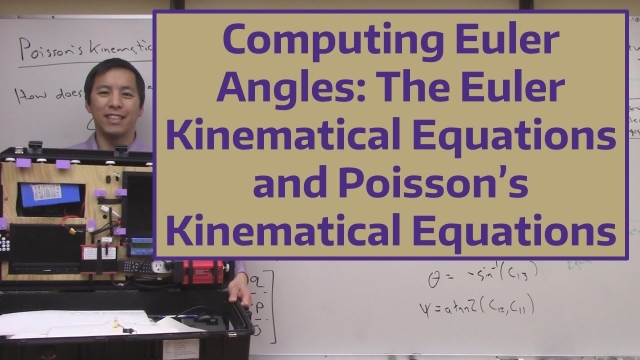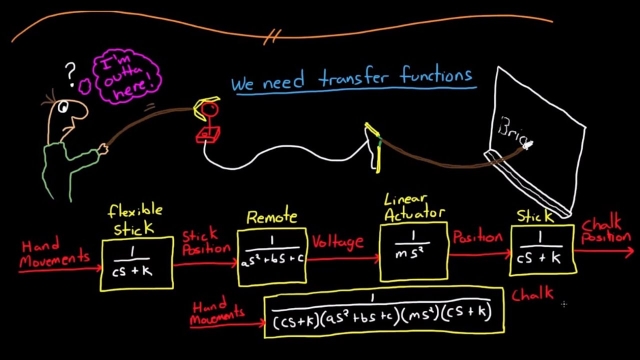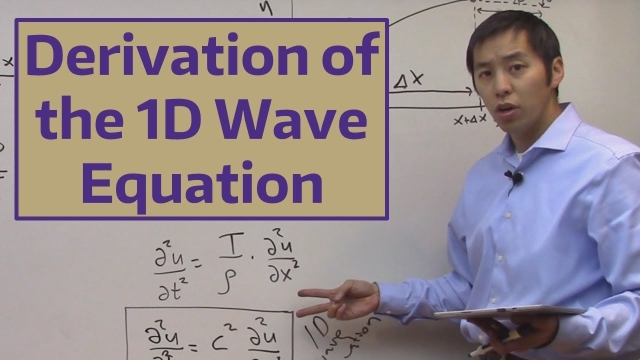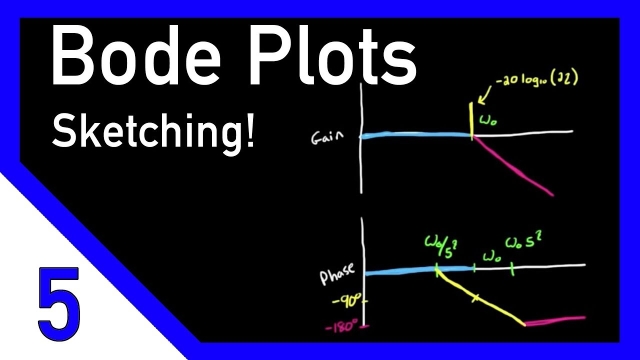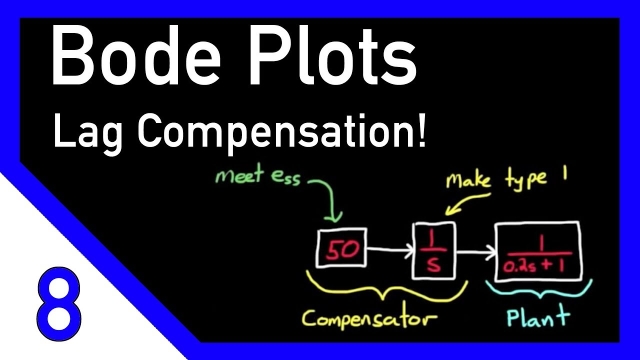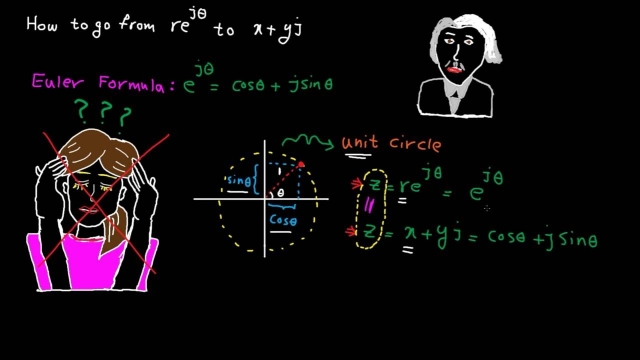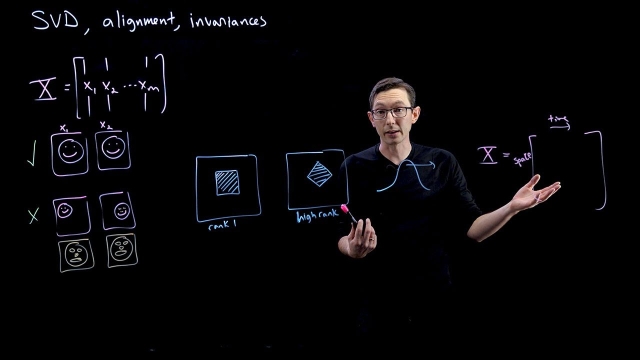
Frequency domain – tutorial 5: Fourier transform
In this video, we learn about Fourier transform which enables us to travel from time to frequency domain when a signal is not periodic. The learning objectiv...
See MoreData-Driven Control: Change of Variables in Control Systems
In this lecture, we discuss how linear control systems transform under a change of coordinates in the state variable. This will be useful to derive balancing transformations that identify...
See MoreControl Bootcamp: Three Equivalent Representations of Linear Systems
This video explores three equivalent representations of linear systems: State-space ODEs, Frequency domain transfer functions, and Time-domain impulse response convolution.
See MoreBode Stability Criterion in Frequency Response Analysis Intro
The Bode stability criterion allows us to quickly determine the stability and relative stability of a transfer function. It uses a graphical method that can ...
See MoreStanford CS234: Reinforcement Learning | Winter 2019 | Lecture 4 - Model Fre...
Professor Emma Brunskill
Assistant Professor, Computer Science
Stanford AI for Human Impact Lab
Stanford Artificial Intelligence Lab
Statistical Machine Learning Group
Discrete control #5: The bilinear transform
This is video number five on discrete control and here, we’re going to cover the famous and useful bilinear transform. The bilinear transform is yet another method for converting, or mapping...
See MoreMachine Learning Goals
This lecture discusses the high-level goals of machine learning, and what we want out of our models. Goals include speed and accuracy, along with interpretability, generalizability...
See MoreFeedforward Control Intro
If we know how a disturbance will affect an output, we can proactively change our manipulated variable to counteract it.
See MoreRL Course by David Silver - Lecture 10: Classic Games
An overview of Game Theory, minimax search, self-play and imperfect information games.
See MorePeter Ponders PID - Lead/lag closed loop control
Direct Synthesis for PID Design Intro
Direct Synthesis for PID Design Intro
See MoreIntroduction to Ordinary Differential Equations
In this video we introduce the concept of ordinary differential equations (ODEs). We give examples of how these appear in science and engineering as well as...
See MoreLecture 2: LTI Systems, Laplace Transform Review and Transfer Function
Cartesian, Polar, Cylindrical, and Spherical Coordinates
In this video we discuss Cartesian, Polar, Cylindrical, and Spherical coordinates as well as develop forward and reverse transformations to go from one coord...
See MorePosicast Control - 1 ( In English)
This video is an introduction to a learning journey about Posicast Control structured as follows: - Preface - Motivation - Introduction to Posicast Control - Half-Cycle Posicast
See MoreLecture 17: Introduction to Compensators/Controllers
Understanding Sensor Fusion and Tracking, Part 1: What Is Sensor Fusion?
This video provides an overview of what sensor fusion is and how it helps in the design of autonomous systems. It also covers a few scenarios that illustrate the various ways that sensor...
See MoreTime Domain Analysis with Matlab: Using the Linear System Analyzer
In this video we explore various Matlab functions and workflows to perform time domain analysis of a dynamic system. This includes the use of ‘tf’, ‘step’, ...
See MoreComputing Euler Angles: The Euler Kinematical Equations and Poisson’s Kinema...
In this video we discuss how the time rate of change of the Euler angles are related to the angular velocity vector of the vehicle. This allows us to design an algorithm to consume...
See MoreControl Systems Lectures - Transfer Functions
This lecture describes transfer functions and how they are used to simplify modeling of dynamic systems.
See MoreDerivation of the 1D Wave Equation
In this video, we derive the 1D wave equation. This partial differential equation (PDE) applies to scenarios such as the vibrations of a continuous string. ...
See MoreBode Plots by Hand: Complex Poles or Zeros
This is a continuation of the Control Systems Lectures. This video describes the benefit of being able to approximate a Bode plot by hand and explains what a Bode plot looks like for a...
See MoreDesigning a Lag Compensator with Bode Plot
This video walks through a phase lag compensator example using the Bode Plot method.
See Morecrash course on complex numbers
In this video, we quickly review “Complex Numbers”. The following materials are covered:1- Cartesian and polar representation of complex numbers2- how to con...
See MoreSVD and Alignment: A Cautionary Tale
This video describes the importance of data alignment when performing the singular value decomposition (SVD). Translations and rotations both present challenges for the SVD.
See More
